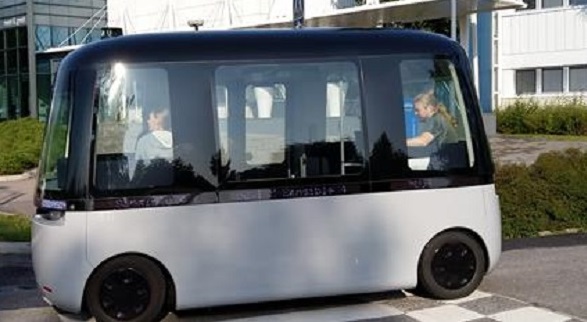LuxTurrim5G project
VTT turns cities smart and smarter
Published : 19 Sep 2019, 02:12
Updated : 19 Sep 2019, 11:28
In smart cities of the future, smart light poles will replace ordinary light poles, laying the foundations for a fast and efficient 5G network.
Smart light poles, equipped with sensors, cameras and displays, also help cities improve safety, air quality and effectiveness of transportation. LuxTurrim5G project has been piloting smart light poles in Karaportti, Espoo, and the network is now being expanded to the rapidly growing Kera area, said a press release of VTT Technical Research Centre of Finland.
The 5G technology significantly accelerates and enhances data transfer and opens up opportunities for digital services focusing on such issues as safety, energy efficiency, air quality, transportation and housing. At the same time, the number of mobile network users will multiply, which challenges the network capacity. The solution offered by the LuxTurrim5G project is an increasingly dense base station network, where 5G smart light poles function as both base stations and light poles, constituting the digital backbone of a smart city.
In addition to a 5G base station, a smart light pole can accommodate various kinds of sensors, cameras, displays and other devices. This way, smart light poles can collect up-to-date data on, for example, weather, air quality and traffic, and, using a joint service platform, share it to other applications, which improve the safety of city-dwellers, and enhance air quality and effectiveness of transportation. At the same time, smart light poles provide a fast internet connection to the personal devices of city-dwellers as well as a charging post for electric cars and drones that monitor traffic.
“VTT has been primarily involved in the development of 5G base stations, the service platform and the new service and business models. We have a long experience of high-frequency radio equipment and antenna solutions, and we were given a chance to put it to use when developing base stations in collaboration with Nokia,” said VTT Project Manager Jussi Varis.
“Higher frequencies than those used today significantly increase the speed of data transfer, but reduce the signal range, which requires a denser base station network than usual.”
The pilot area has already been used for testing VTT’s automated car, and the intention is to use the new light poles in support of the self-driving bus, which is already running between Nokia campus and the Kera railway station. In terms of traffic, important development targets in the project include positioning solutions for cars and drones that VTT has been developing in collaboration with its partners.


